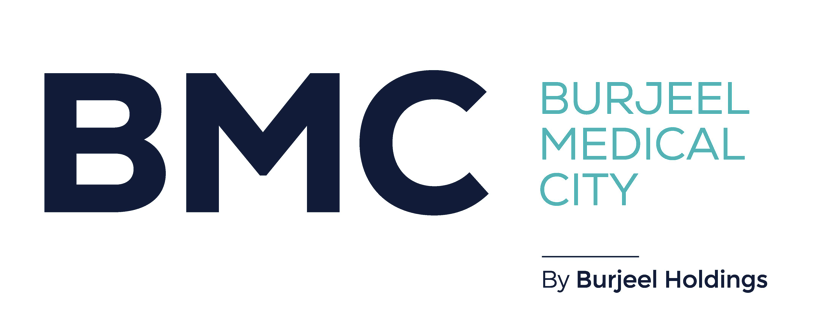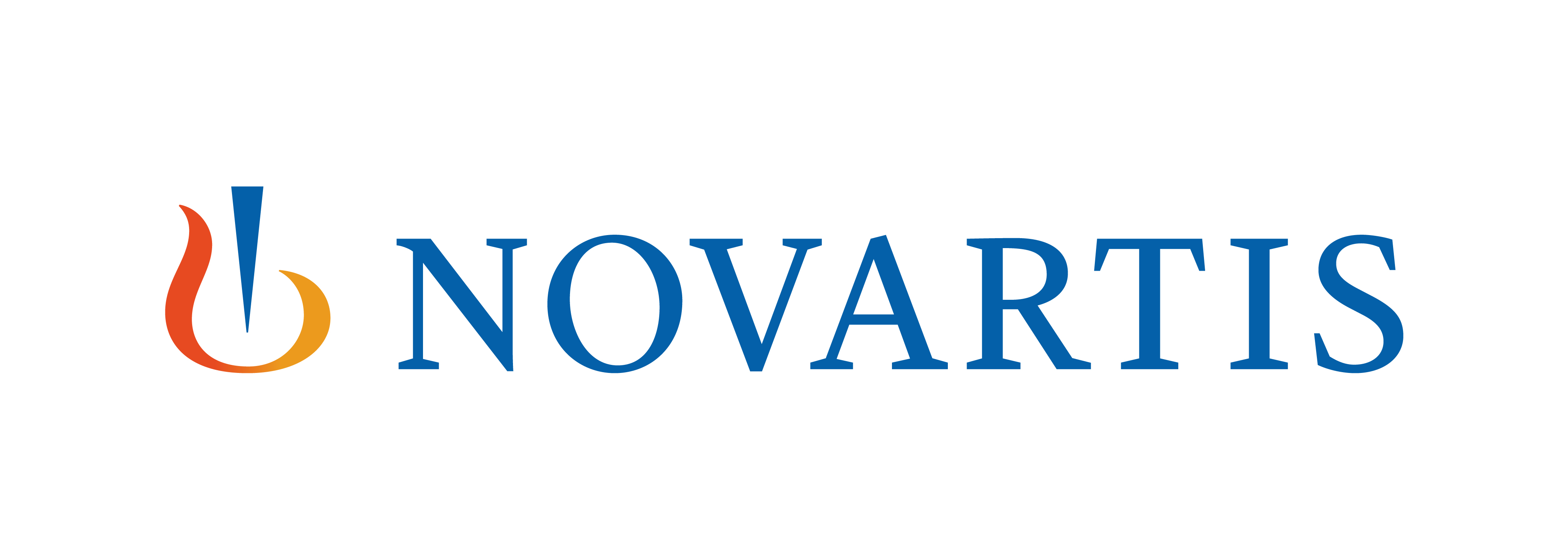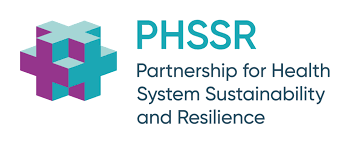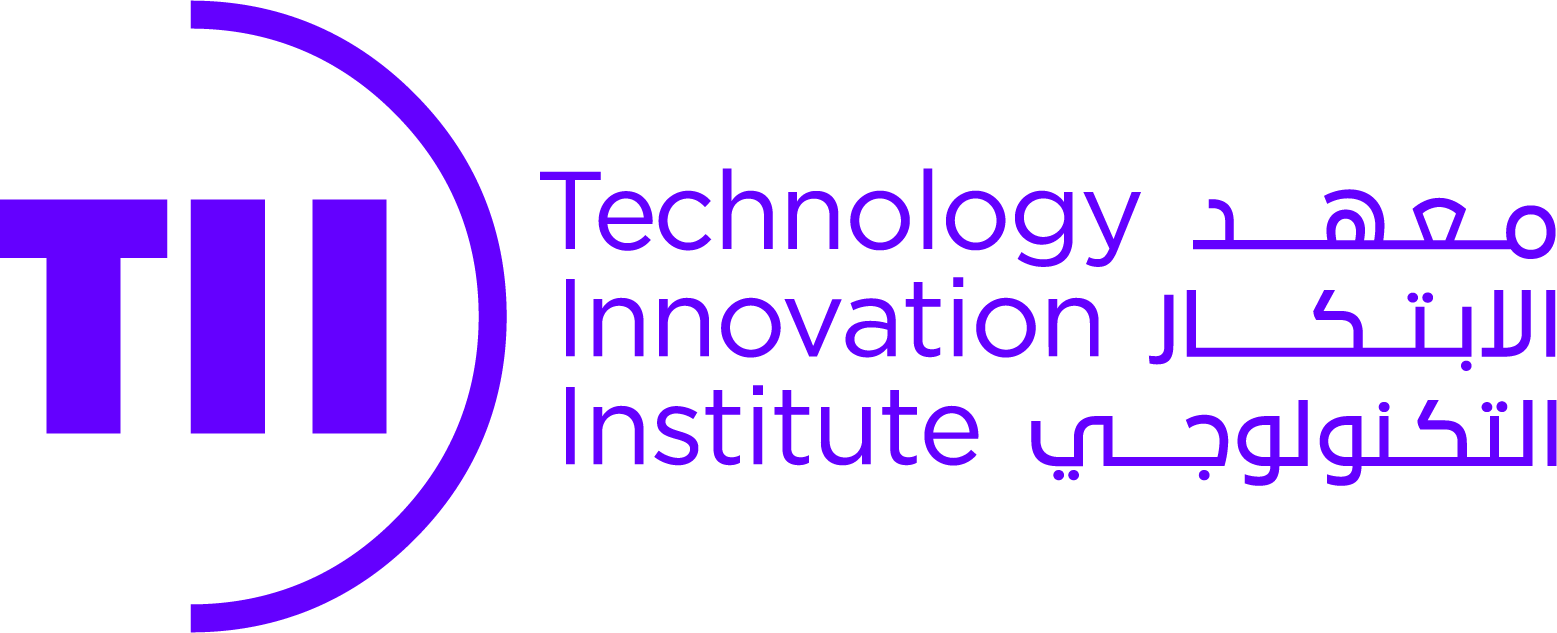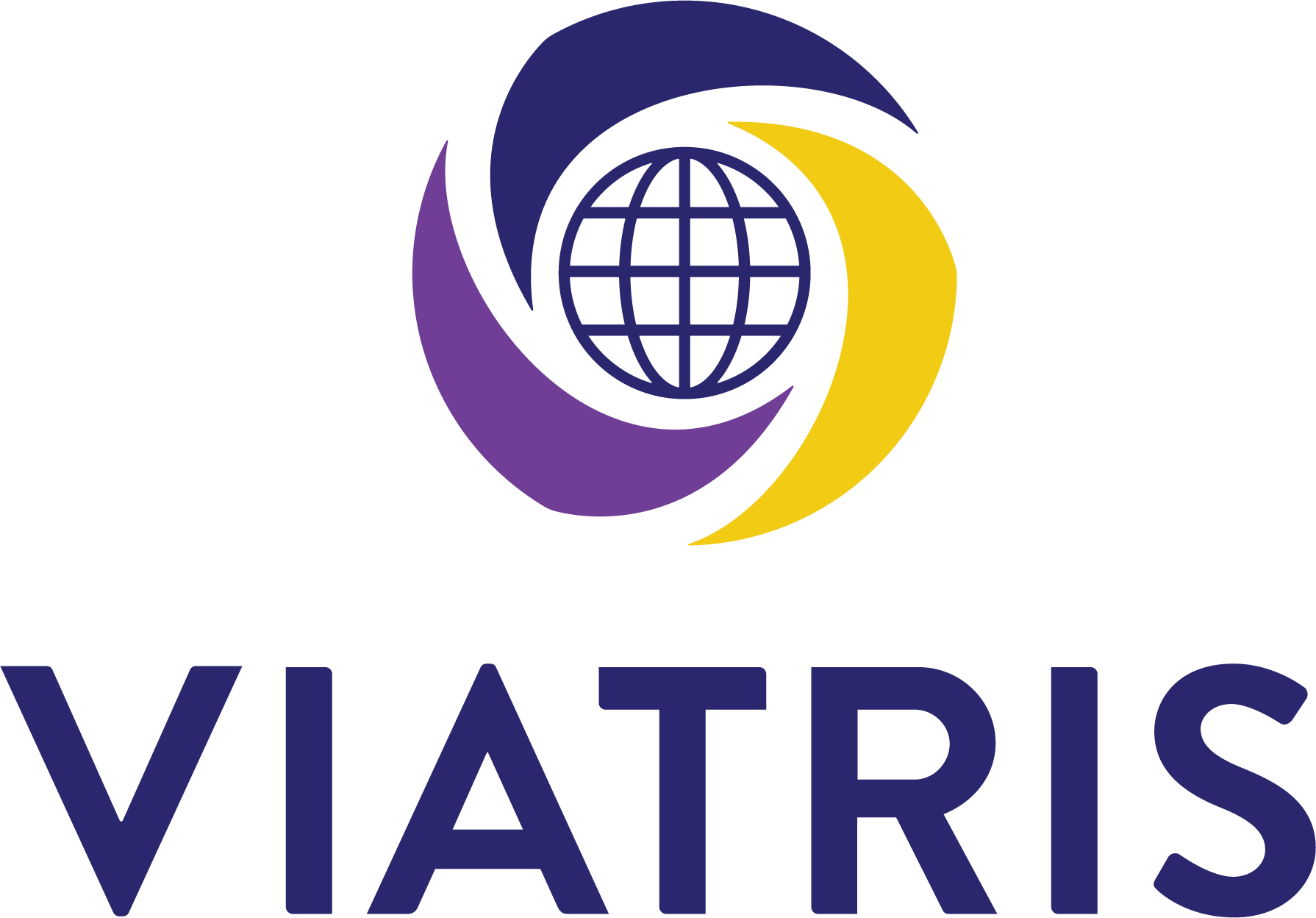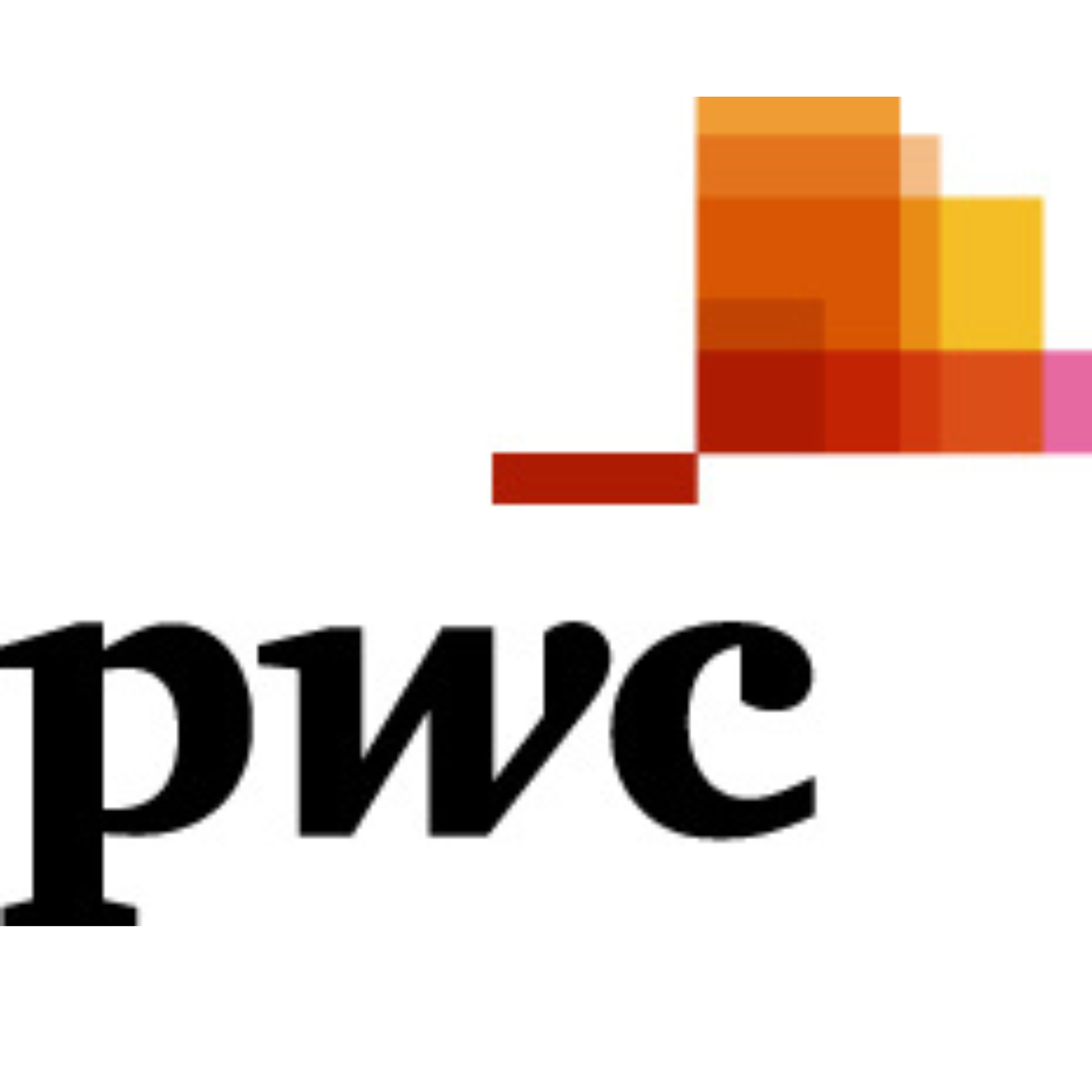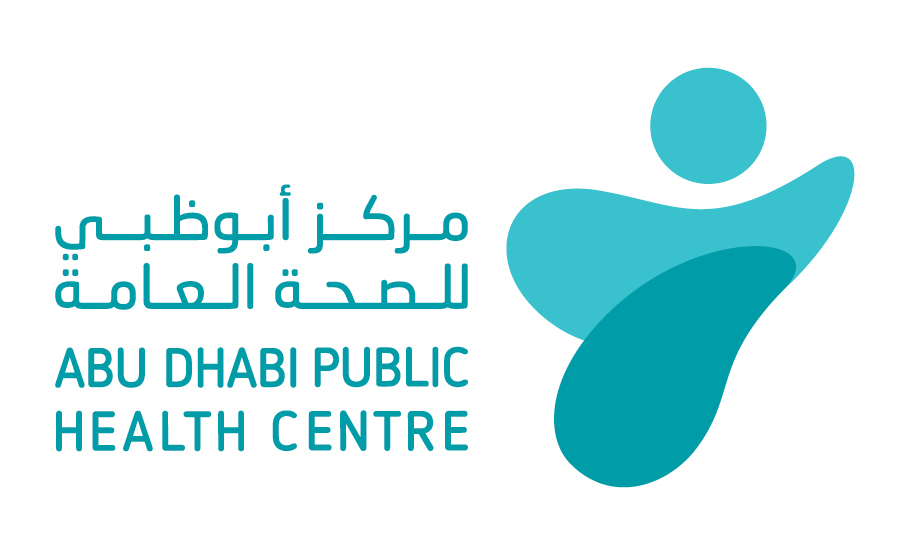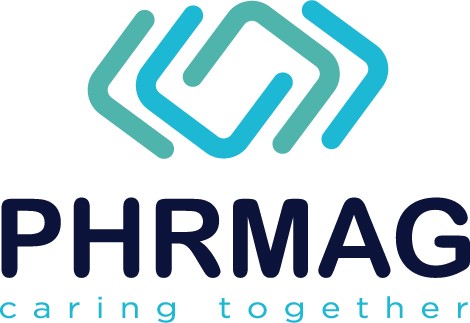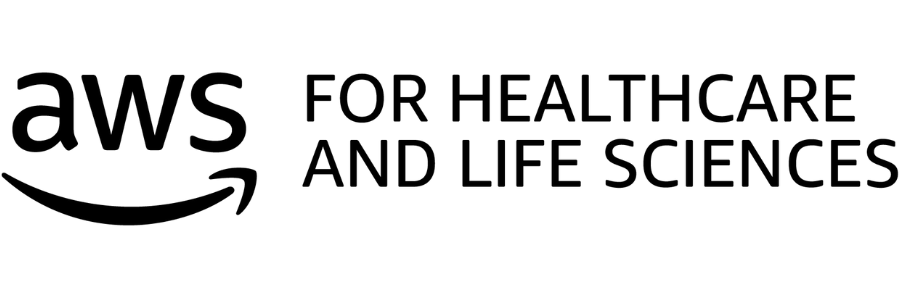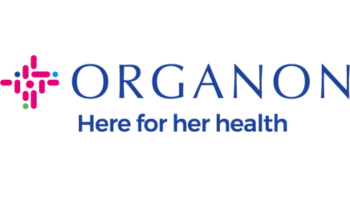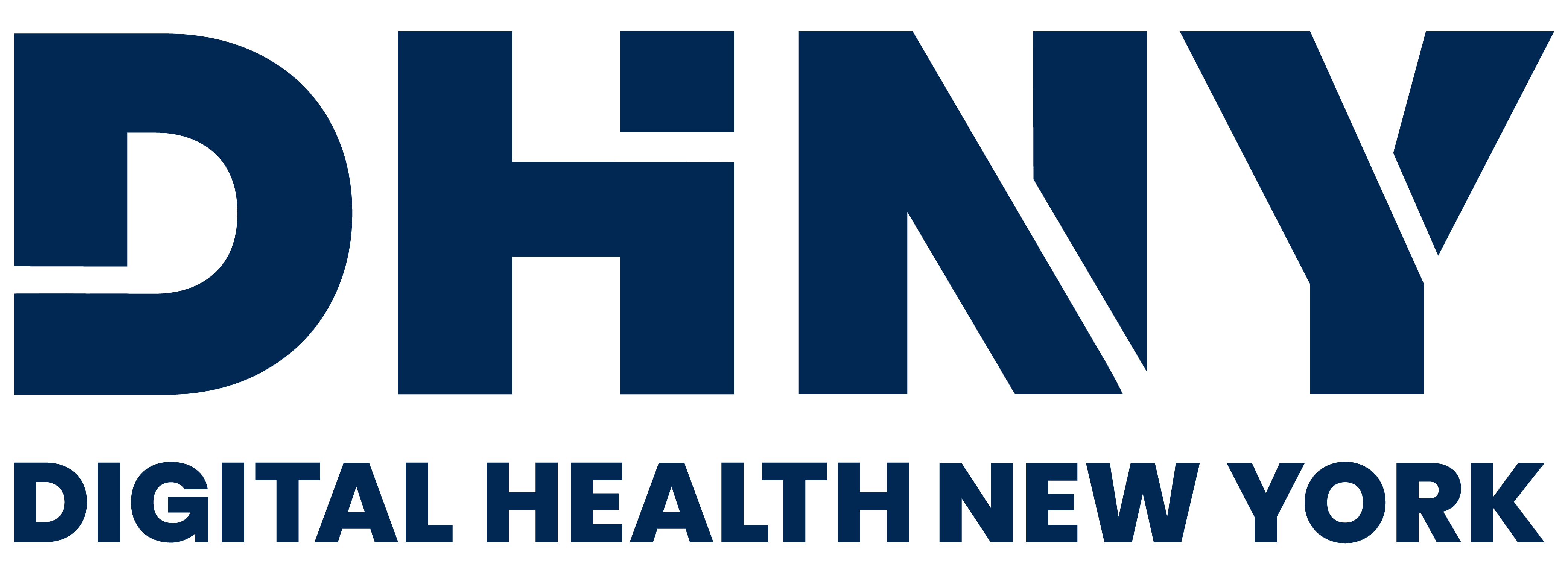تحت رعاية سموّ الشيخ خالد بن محمد بن زايد آل نهيان، ولي عهد أبوظبي رئيس المجلس التنفيذي لإمارة أبوظبي
Under the Patronage of His Highness Sheikh Khaled bin Mohamed bin Zayed Al Nahyan, Crown Prince of Abu Dhabi and Chairman of Abu Dhabi Executive Council
ACCELERATING THE FUTURE OF GLOBAL HEALTHCARE
AN ABU DHABI STRATEGIC INITIATIVE
Task force updates guidance for breast cancer screenings for women 40 and older
Women are now advised to get a mammogram every other year starting at age 40 and until age 74, according to new recommendations from the US Preventive Services Task Force.
The USPSTF, a volunteer panel of independent medical experts whose recommendations help guide doctors’ decisions and influence insurance plans, previously recommended that biennial mammograms start by age 50 and the decision for women to screen in their 40s “should be an individual one.”
These new recommendations, published Tuesday in the medical journal JAMA, replace the task force’s 2016 recommendations. Some groups, such as the American Cancer Society, have already recommended for women to start mammograms in their 40s.
The updated USPSTF recommendations apply to everyone assigned female at birth, including cisgender women, transgender men and nonbinary people at average risk of breast cancer, as well as those with a family history of breast cancer or dense breasts.
The updated recommendations do not apply to people with a personal history of breast cancer, a genetic marker or syndrome that may put them at a high risk of breast cancer, such as the BRCA1 or BRCA2 genes, or those with a history of high-dose radiation therapy to the chest or a history of a high-risk breast lesions. These patients should either stay on the plan outlined by their physician or talk to their doctor about what’s best for them.
“We make this new updated recommendation because the latest science clearly shows that starting at age 40 and obtaining a mammogram every other year until age 74 can further reduce deaths in breast cancer,” said USPSTF Chair Dr. Wanda Nicholson, a senior associate dean and professor at George Washington University’s Milken Institute School of Public Health.
The benefit of screening for breast cancer is that it can help diagnose cases early, before the cancer has spread, which reduces the risk of dying from the disease.
Breast cancer is the second most common cancer in women in the United States, after skin cancer, and it’s the second-leading cause of cancer death, after lung cancer.
“We can save even more lives — up to nearly 20% more lives — with this updated strategy,” Nicholson said about the new recommendations.
Why not screen every year?
About 1 in 8 women will develop invasive breast cancer in their lifetime, according to the American Cancer Society, and mammography — taking an X-ray of the breast — remains the best tool to screen for and detect the disease.
The USPSTF has received some criticism for recommending to screen every other year, and not annually.
“Using USPSTF terminology, annual screening is just as ‘efficient’ as biennial screening but produces greater overall reductions in late-stage disease and deaths due to breast cancer, and greater gains in years of life saved,” Dr. Wendie Berg, of the University of Pittsburgh School of Medicine, wrote in an editorial published Tuesday in the journal JAMA Oncology. She added that “it is surprising” the USPSTF recommends biennial rather than annual screening.
“The updated USPSTF recommendations are an important step forward, but they stop short. Annual mammography is as efficient as biennial mammography but with greater overall gains in years of life saved,” Berg wrote. “Annual screening is particularly important for premenopausal women, especially women in racial and ethnic minority groups.”
Along with recommending biennial screening, there are other concerns around how the USPSTF makes blanket recommendations for people at average risk as well as those with a family history of breast cancer or dense breasts, said Molly Guthrie, vice president of policy and advocacy at the breast cancer foundation Susan G. Komen.
About half of women older than 40 in the United States have dense breast tissue, according to the US Food and Drug Administration, which last year updated mammography regulations to require that all US screening facilities notify patients about the density of their breasts with their mammography results.
“We were really surprised to see how they broke out their intended audiences and it doesn’t reflect what is standard today as far as identifying those people that are at high risk of breast cancer,” Guthrie said. “I fear that that’s going just to further muddy the water on what people are supposed to do.”
Some experts say that people with a direct family history of breast cancer or with dense breasts should have different screening recommendations, as both factors have been associated with an increased risk of developing breast cancer. That’s why, Guthrie said, it’s best for women to have conversations with their doctors about their own personal medical and family history and what might be best for them individually.
“There’s been a lot of attention out there to these systems that are in place to evaluate people’s risk, and so having that conversation with your provider, you’ll be able to determine your risk and the type and frequency of breast imaging you need,” Guthrie said.
“The good and bad thing about the task force guidelines is that they’re directly tied to health plans having to cover this at no cost,” she said. And by not recommending annual screening, “we worry that the updated recommendation will drive down access and utilization of screening, meaning that we’re going to see, likely, a result of increased late-stage diagnosis, and that’s when breast cancer is harder to treat and much more expensive for the health care system as a whole.”
In their review of published research and data, USPSTF members found no evidence to support screening annually, Nicholson said.
“Currently there’s no randomized trials comparing annual screening to every-other-year screening. However, as part of our systematic evidence review, which is part of all of our recommendation data, we did find evidence that if you compare screening every other year to annually, you do not have an increase in later-stage diagnosis of breast cancers,” Nicholson said.
“When we looked at our modeling studies to assess the balance of benefits and harms, there’s a much more favorable balance of benefits and harms with every-other-year screening compared to annual screening,” she said. “With annual screening, you had a 50% higher rate of false positive results.”
False positive results for breast cancer mean a mammogram may have been identified as abnormal when there is no cancer present. That can lead to patients needing additional biopsies, repeated tests and enduring psychological stress.
“Getting screened every other year maximizes the benefit of screening while minimizing related harms. These harms can include being told you might have cancer when you don’t — or being told you don’t have cancer when you do, as well as receiving treatment that was not needed,” according to a patient fact sheet from the USPSTF.
The USPSTF’s shift from saying women should make individualized screening decisions in their 40s to women should start screening at age 40 appears to align more closely with what some other organizations have recommended for some time.
The American Cancer Society recommends that women ages 40 to 44 have the option to screen with a mammogram every year, women 45 to 55 should get mammograms every year, and women 55 and older can switch to a schedule of mammograms every other year.
“The USPSTF decision today is a critical change concerning women’s health and the fight against breast cancer, acknowledging that women in their 40s will benefit from mammography screening, and sending a strong message to referring physicians and women that breast cancer screening should begin earlier than age 50,” Dr. Karen Knudsen, chief executive officer at the American Cancer Society, said in part in a statement.
“Mammography screening is the cornerstone of our strategy to find this potentially deadly disease early, when it’s easier to treat successfully,” Knudsen added. “However, we are disappointed that the updated USPSTF screening recommendations do not include women over the age of 74. Millions of women over age 75 are in very good health and are expected to live many more years during which their risk of breast cancer remains high.”
The American College of Obstetricians and Gynecologists recommends that women at average risk of breast cancer screen every one to two years beginning at age 40, starting no later than age 50. Those recommendations say screening should continue until at least age 75.




